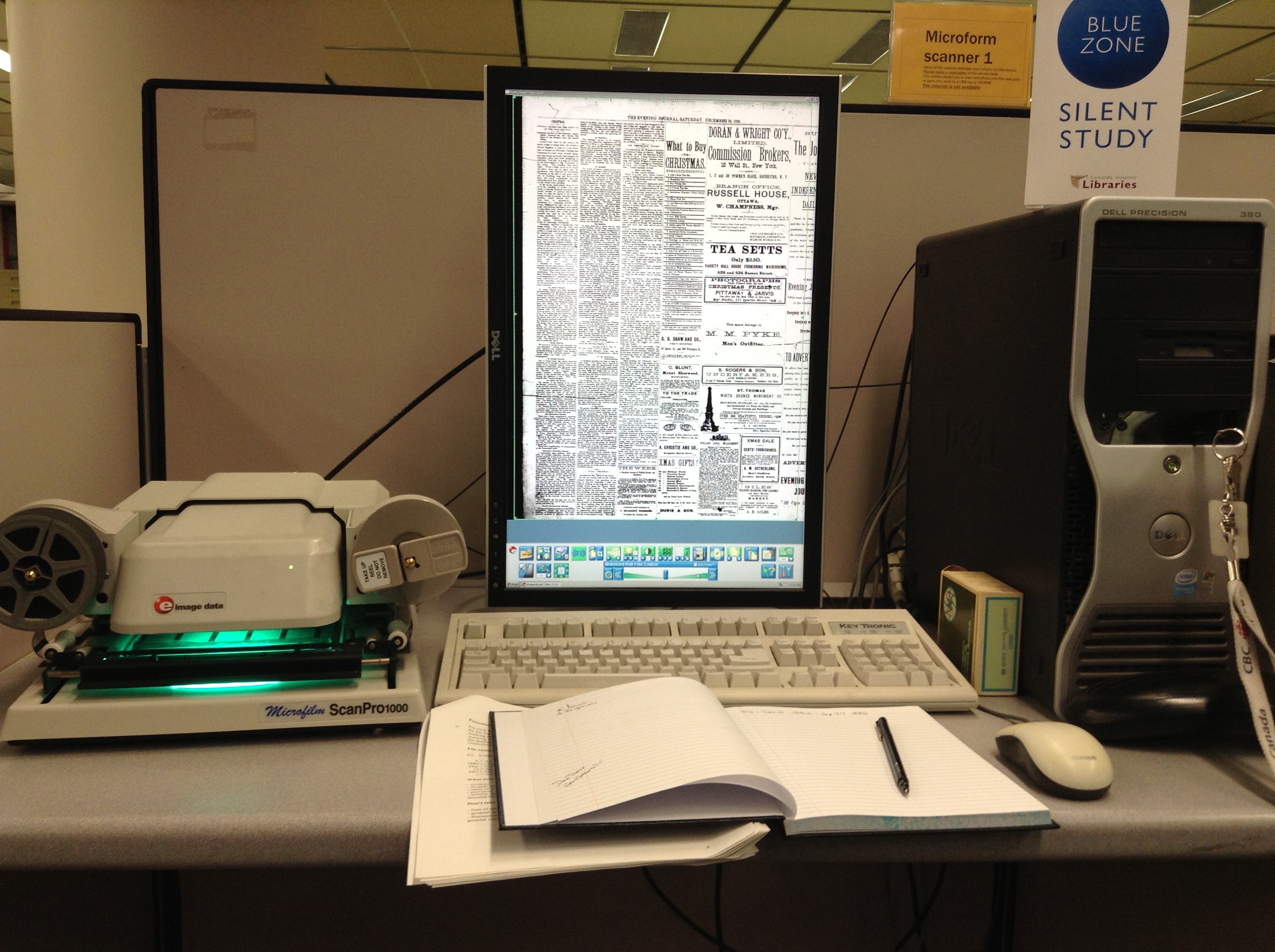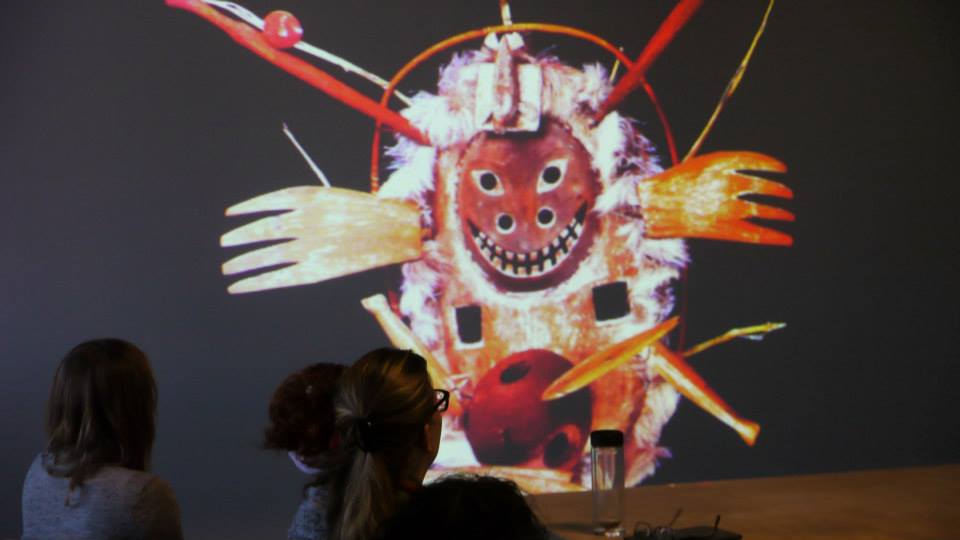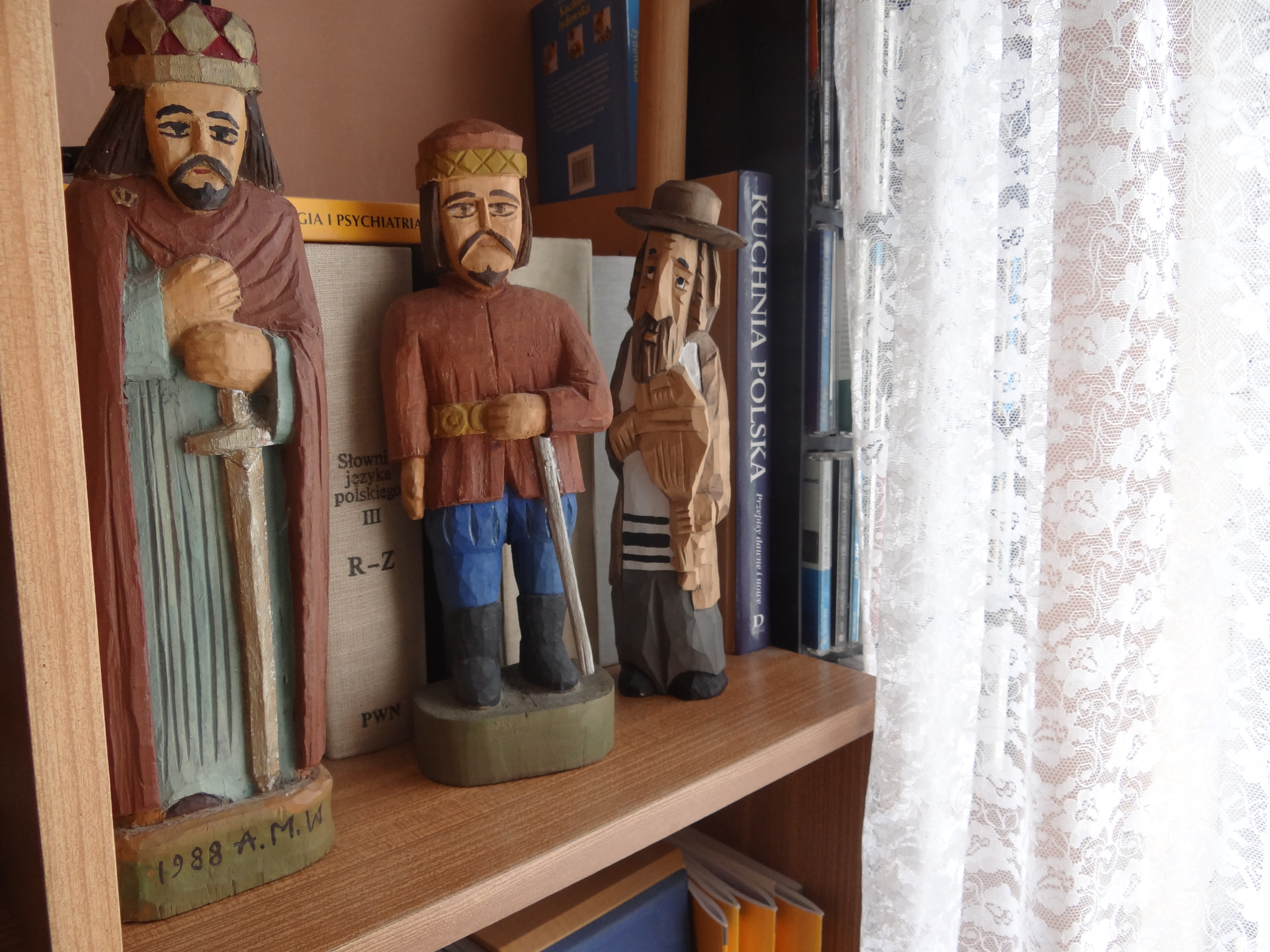

The author of this post, Brittany Watson, was asked to curate an “imagined exhibition” as a component of Dr. Heather Igloliorte‘s undergraduate seminar Exhibiting Aboriginal Art in Theory and Practice, taught in the Department of Art History at Concordia University.
As an undergraduate student, I have found it easy to become disconnected from how my studies and research connect to a broader context beyond the classroom; in the Winter of 2013, however, Concordia’s Art History department offered an undergraduate seminar, Exhibiting Aboriginal Art in Theory and Practice, taught by Dr. Heather Igloliorte. To my delight, the course was not a survey of past and present exhibitions of Aboriginal art or artifacts; rather it required each student to curate an imagined exhibition. This exciting and overwhelming proposition may well have been one of the most important assignments of my undergraduate degree. The assignment led me to seek out and obtain two summer internships at the Whyte Museum of the Canadian Rockies (the second starting this May), be involved in an on going project at the Whyte Museum related to my original project, and has inspired my MA research proposal. For the assignment I wanted to develop a project that did not simply call for research on a topic that culminated in a show created by me, but one that involved collaboration between a museum and an Aboriginal community.












